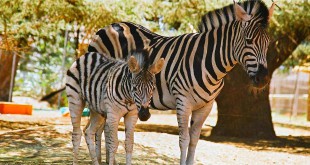| Kingdom: | Animalia |
| Family: | Mustelidae |
| Order: | Carnivora |
| Genus: | Neovison and Mustela |
| Class: | Mammalia |
While mortality is extremely high in the early months of the life of the American Mink, animals that do survive the first year can live as long as three years in the wild. In captivity, mink can live 10–12 years and have on average 4–5 kits per litter once a year. The mink is found in places which suit its habits throughout almost all North America, from Florida to the Arctic. An endangered subspecies, the Everglades Mink (Mustela vison evergladensis), is endemic to the Florida Everglades.
American Mink of other subspecies have found their way into the wild in Europe (including Great Britain) and South America, after many were released from or escaped from mink farms which were no longer commercially viable. Trapping is used to control and eliminate any feral mink.
The European mink mammal is one of the most endangered mammals in the world. The endangered western population of European mink Mustela lutreola has shown a large decline over its natural range. The species has been extinct in central Europe since the beginning of the century and the mink’s range is actually fragmented into two population units: an eastern population unit ranging from the Urals and Estonia to the Black sea, a population which is already subdivided into small units, and a western population. Inhabiting mainly forest brooks, the European mink occupies an intermediate semi-aquatic niche between the European polecat Mustela putorius and the otter Lutra lutra. Polecats and European mink are able to hybridize achieving natural hybridization events between two native species.
 Kids Portal For Parents India Kids Network
Kids Portal For Parents India Kids Network








One comment
Pingback: Mink - coronawood